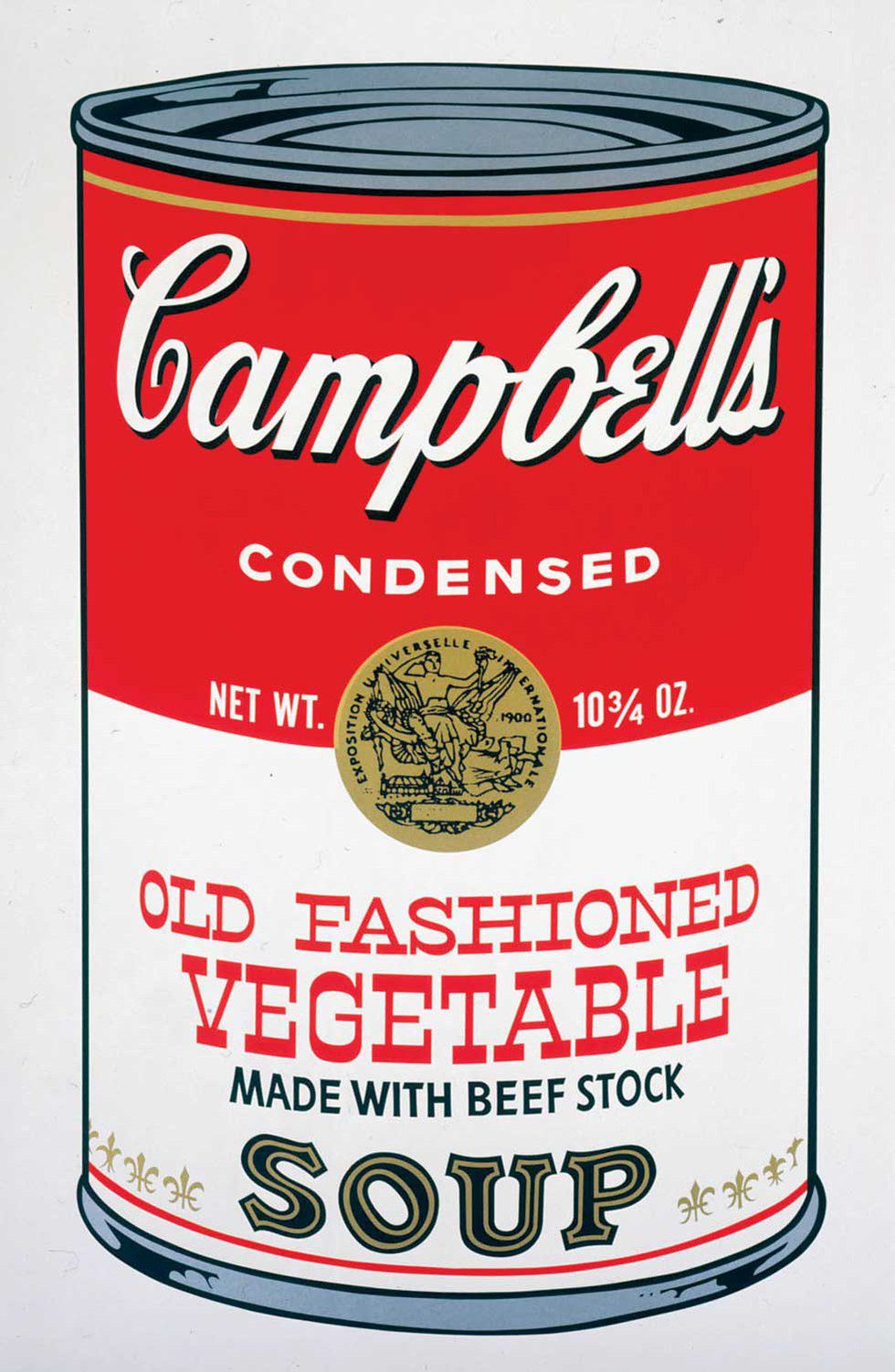This semester I decided to take an "Introduction to Comics" English class as one of my electives for my Creative Writing degree. I heard my peers express doubt and even disbelief at my choice in this class; while they'd taking molecular biology, I'd be reading "Batman: Year One".
I shrugged it off, figuring it would be more challenging than they thought. As I progress in this course, I am not surprised that this class has more substance than initially would appear on the surface. Indeed, on the first day we discussed a debate that rages on in the art world, that there is such a thing as "high" art and "low" art.
I can't remember a time in which I didn't enjoy newspaper comics. (According to my class, newspaper comic strips are not considered comics, but cartoons. More on that later). I learned to read by sprawling out on the carpet with newspaper comics in front of me. I went exploring with Calvin and Hobbes, played baseball with the Peanuts gang, and ate lasagna with gusto like Garfield. I collect newpaper comic books and use them as a coping mechanism when anxiety overwhelms me. I consider newspaper comics to be high art along with the great Andy Warhol and Pablo Picasso.
Some people may say that comics are a form of "low art", while Warhol obviously created works of "high art." Then again, Warhol created screen prints of Campbell's Soup cans, something that immediately contradicts the argument that content defines "high" art. So is it content that makes a piece of art valuable or quality? Surely, Warhol's art has both elements of "high" and "low" art, if there is such a delineation. I argue that neither of these elements makes art valuable.
(Andy Warhol, Campbell's Soup II, 1969).
The value of art is ultimately subjective. In my "Introduction to Comics" class, we have discussed how comics have value, because they can convey meaning like any other work of art, and (in my opinion) speak to the human experience. Although we make a distinction between the mediums of Superman and the Calvin and Hobbes strip, we still discuss how both works have implications on pop culture, philosophy, and politics. Art is supposed to allow the audience to grapple with an interpretation of human experience, and it can make you feel anything at all, then it has succeeded.
So, there isn't really a debate, because there is no such thing as "high" and "low" art. Maybe this a simplistic point of view to take, but to me, art is a way to make sense of the human experience and grapple with this idea. What is nobler than that?






















